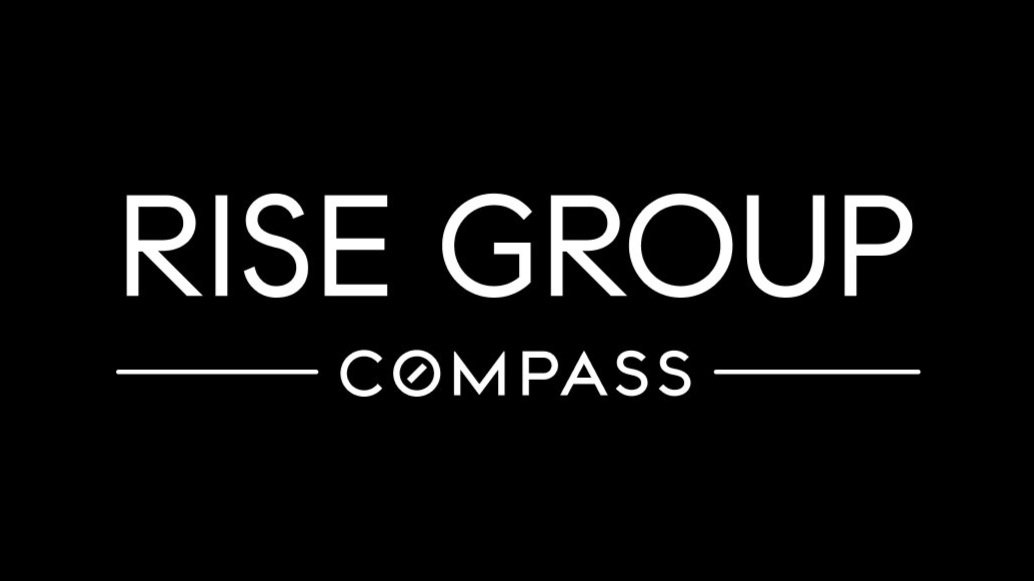Record Number of Transplants
Seattle is the place to be, and the recent increase in people moving here proves it. Economic forecasts predict as many as 1000 people per week will move into our region in 2017. The record number of transplants brings record lows in housing inventory and highs in demand for real estate. As a Seattle based mortgage planner, I've helped hundreds of people develop a mortgage plan that allows them to take advantage of living in the incredible city of Seattle.
How Much of a Down Payment Do I Need?
One of the most common questions I hear is, “How much of a down payment should I make?”. My answer almost always is “It depends”. This is similar to asking, “What should I pack for vacation?”. The answer is “it depends”. If you’re packing for Aspen, bring your snow boots. But if you’re packing for Hawaii, toss your swimsuit in your bag. Once you know where you are heading, you can determine what you need as your tools for the trip.
Begin With the End in Mind
My suggestion is to begin with the end in mind. Your down payment decision depends on what your end goal is. You may have student loan debt that was used to get you into the awesome job they have today. There could be credit card debt due to moving expenses. You could be just starting a family, so ensuring you are making appropriate retirement and education savings is an important piece of your plan. With so many different priorities, you quickly learn that there isn’t one magical down payment that every home buyer should aim for.
Four Steps to Create an Ideal Mortgage Plan:
1. Determine your purchase price range.
Consider this:
- Different home prices involve different down payment requirements.
- Loan options ranges from $0 down up to 40% down requirements.
- A mortgage advisor is essential to navigate these options.
2. Create your monthly housing payment budget.
Consider this:
- Use your big picture financial goals to determine your monthly budget.
- Review debts that should be paid off.
- Look into your savings goals and dreams.
- Leverage your mortgage to achieve your goals.
3. Calculate a down payment that allows for security & margin.
Consider this:
- It isn’t necessarily always best to make a 20% down payment. If this compromises your savings or your financial security, it may be more risky than a smaller down payment.
- Financial security means that you have flexibility and margin. Having a lack of cash on hand actually diminishes this security.
4. Determine the short & long term wealth impact your down payment selection will have.
Consider this:
- I once had a client that worked in the financial sector. This client was determined to make a 20% down payment and planned to liquidate their brokerage account to do so. I presented a Total Cost Analysis to this client and demonstrated the positive wealth impact if they were to leave those funds in the market earning returns. This client created more wealth, as well as more flexibility & margin, by making a smaller down payment and allowing the brokerage account to continue to grow over time.
When deciding on your mortgage plan, take a step back and look at the big picture. Think of the down payment as a tool to help you achieve your financial goals and dreams. Decide what is most important to you in life and work with your mortgage advisor on a strategy to help you achieve your dreams.
Thinking About Buying a Home?
Download my free Guide to Buying a Home! Enter your email below and I'll send it to your inbox immediately.
This blog was written by Tyler's friend and colleague Jacob Washburn. Jacob is a Mortgage Advisor at Cornerstone Home Lending Inc. in Seattle, WA. Named by Seattle Magazine as a 5-Star Mortgage Professional form '2010-'2016, Jacob's reputation for quality service and being an all around great guy rings true.
If you too would like to contribute to tylerdavisjones.com, please contact Tyler here.


